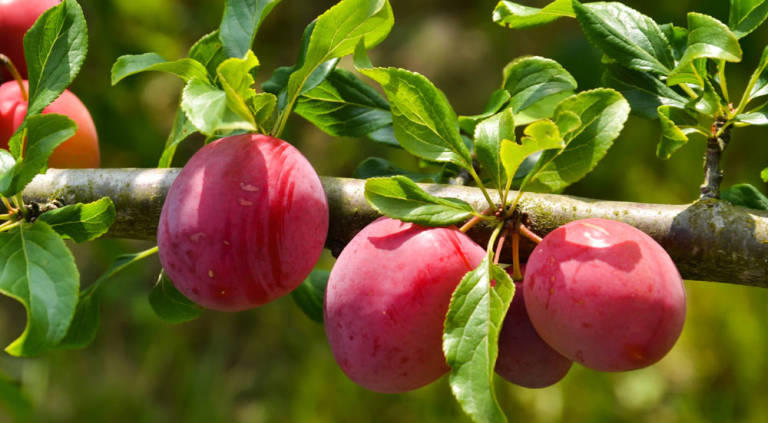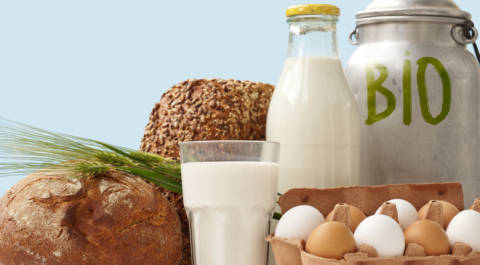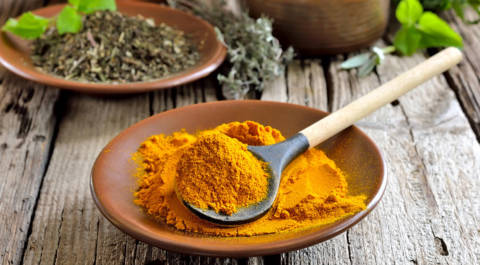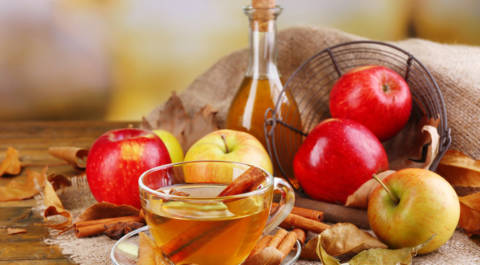
The cornucopia that sits as a decorative centerpiece in the middle of your Thanksgiving table represents more than just a colorful accent of autumn. The horn-shaped basket is meant to hold the fruits of the season’s soil, a true harvest of some of the most colorful and flavorful ingredients of the year.
Like Organic Soul on Facebook
We celebrate and offer thanks for the nourishment our food provides us, and the time we have to share it together. But beyond the clinking of crystal, the passing of plates and the exchange of warm smiles, there is something much richer sustaining these moments. It’s a slow and deliberate experience, a simmering tradition that makes us appreciate the abundance that surrounds us.
In a movement known as “Slow Food,” contrasted with the rushed and generally unhealthy conventions of the fast food world, there is more focus being put on the quality of food products we eat, as well as the amount of quality time that we spend gathering, preparing and eating these foods.
Every culture has recipes, methods and rituals surrounding their traditions of food. Throughout history, a great deal of time and energy has been spent obtaining and consuming quality, whole foods, all over the world. It seems that in our fast-paced modern culture, we sometimes forget the importance of nourishing our bodies and our traditions with the same integrity of years past.
Local, organic, seasonal and sustainable are all ideology strongholds that have been swirling around the food industry and consumer nation in recent years. The idea of Slow Food — embodied by the non-profit organization, Slow Food International — can be as much a part of an individual’s or family’s daily lifestyle as it is an arena of growing global awareness.
Slow Food International supports countries around the world that are “linking the pleasure of good food with a commitment to their community and the environment,” as stated on their website. The organization has developed projects for change all over the world and has created a higher level of awareness and appreciation for food—where it comes from, how it’s prepared and how it’s shared.
Our personal relationship with food may not seem like it has the potential to change the world, but we have to remember that every bit helps. The Slow Food movement is growing because more people are beginning to understand the importance of supporting sustainable food sources and promoting healthy habits and traditions surrounding food.
Autumn is the perfect time of year to combine our traditions with our appreciations of food. Bright orange pumpkins, auburn red sweet potatoes, juicy crisp apples, hearty rich grains and creamy ripe cheeses all take center stage during the harvest season.
But we should devote more than just one day of thanks to this plentiful gathering of flavor and nourishment. Although we can’t always spend entire days preparing potatoes and basting turkeys, we can try to practice more consciousness and patience when gathering, preparing, cooking and enjoying food.
Before the Slow Food movement came the slow cooker, the household appliance that thrives on the method of simmering—letting courses cook for hours, full days even, and demonstrating how patience is effective in bringing out the true vibrancies of simple ingredients and seasonings. Slow cookers can fill an entire home with savory aroma, and result in wholesome roasts, stews, dips and sauces. If you’re looking to buy a slow cooker, look for some of the more energy-efficient options to uphold eco-awareness and cost consciousness in your home.
Buying groceries for the week can also be a part of the Slow Food process and be an enjoyable errand, especially when it includes a Saturday morning stroll around the local farmers’ market. If you know more about where your food comes from, you will take more interest and pride in the amazing ways you can prepare it.
Try new recipes and share the ones you like with friends. Spreading love and appreciation of food is all part of making Slow Food a part of our culture now as well as in the future.
If we take more time gathering and preparing our foods, it’s likely that we will also take more time to enjoy them. Sitting down together for meals should get us away from the stimulation from media and technology that constantly surrounds us, and allow us to appreciate each other and the food we have to nourish us.
Keep the Slow Food movement in your thoughts throughout the holidays and into the New Year. If you are attending or hosting get-togethers with friends, families and co-workers, buy sustainable, local and seasonal products whenever possible. Educate others about maintaining integrity in their food choices and promoting solid traditions to pass on to future generations. Be a part of the movement that is getting us back to our roots and showing us all we have to savor.












